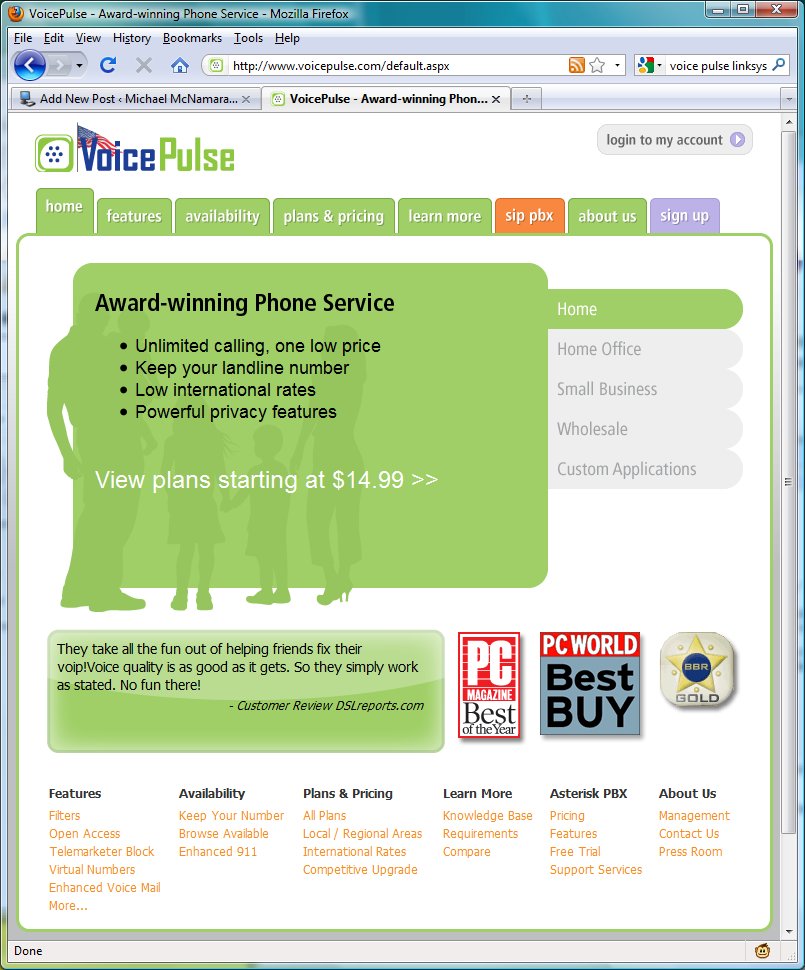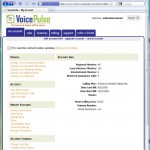 Avaya has released SIP software release 3.0 for their 1120E and 1140E IP deskphones. (There was no mention of the 1110E, 1150E, 1165E or 1200 series IP phones in any of the accompanying material).
Avaya has released SIP software release 3.0 for their 1120E and 1140E IP deskphones. (There was no mention of the 1110E, 1150E, 1165E or 1200 series IP phones in any of the accompanying material).
Several enhancements have been included in SIP Release 3.0 for the 1100 series phones including User Interface and Preferences enhancements, Multi-user Login, Emergency Services support, USB device support, Wide-band Codec, Provisioning and Licensing.
The SIP software Release 3.0 for IP Deskphones also continues to improve the overall quality of the IP Deskphone software through the delivery of ongoing resolution of CRs. Numerous quality improvements have been delivered and 9 customer cases have been closed in SIP 3.0.
I’ve only performed very limited SIP testing with the 1120E, 1140E, and 1220 IP phones in non-production environments. I did notice a few feature called “Multi-user Login” which allows a SIP IP phone to connect to multiple SIP servers at the same time. Here’s the blurb from Avaya on the feature (it’s a direct quote from the release notes);
Multi-user Login
The Multiuser feature in SIP Release 3.0 allows multiple SIP user accounts to be in use on the IP Deskphone at the same time. Multiple users, each with their own account, can share a single IP Deskphone allowing each user to receive calls without logging off other users. One user can have multiple user accounts (for example, a work account and a personal account) active at the same time on the same IP Deskphone. You can register each account to a different server, and for each account, the IP Deskphone exposes the functionality available to that account. One account is considered a primary account and is used by default for most IP Deskphone operations. Each account is associated to a line key; the primary account is always on the bottom right line key of the IP Deskphone (this is the first key, Key 01), and an arbitrary key (including a key on an Expansion Module) can be selected for additional accounts.
The following operations are supported:
- Start dialing
- Place a call using the corresponding user account
- Answer an incoming call targeted to that account
- Initiate a call without pressing a line key (for example, by dialing digits at the idle screen and lifting the handset) uses the primary account.
A running IP Deskphone is associated to a single profile that represents one configuration of the IP Deskphone with all relevant persistent data such as preferences and call logs. A different profile is associated to each account used as a primary account. The IP Deskphone can store up to five different profiles; the IP Deskphone takes data from the profile associated to the current primary account. A number of configurations are independent of profiles and tied directly to an account making them available to that account regardless of the primary account you use (for example, voice mail ID).
The IP Deskphone receives and answers calls targeted at any of the registered accounts; the incoming call screen indicates who the call is for. You can place an outgoing call using any of the accounts; the account that you use is displayed on the dialing screen. When a call is active, information from both local and remote parties appear on the screen.
Regardless of which account receives the call, incoming call logs, outgoing call logs, and instant messages appear in a single list. The IP Deskphone indicates the local user in the detailed view of the entry.
Some features are only available to the primary account, such as instant messaging, retrieving parked calls by token, and establishing ad-hoc conference calls.
Please refer to the product bulletin and the release notes for all the details.
Cheers!

